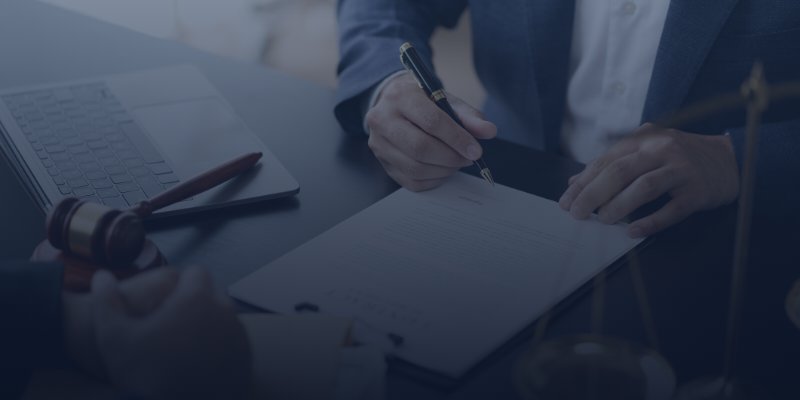Every product that reaches consumers is expected to be reasonably safe, with proper testing and certain standards of manufacturing. Unfortunately, in a rush to get new products on the shelves and turn a profit, many companies create and distribute dangerous and defective products. If you get hurt by a defective product, you may be able to hold one or more parties responsible with the help of an experienced defective product liability attorney in Minnesota.
What Is a Product Liability Claim?
A product liability claim is a type of civil lawsuit that can be filed by a consumer after a defective product causes injury or harm. It seeks financial compensation from one or more parties to make the victim whole again. The filing party can often recover compensation for losses such as:
- Past and future medical bills
- Lost wages
- Lost future earning capacity
- Disability or disfigurement
- Pain and suffering
- Property damage
The three main types of product defects involved in product liability claims are manufacturing mistakes, design flaws and marketing defects. If one of these defects is present in a product that inflicts injury on a consumer, the victim may qualify for monetary recovery from the at-fault party.

Who Can Be Held Liable for a Defective Product?
Determining Liability in a Product Liability Claim
One or multiple parties could be deemed liable, meaning legally and financially responsible, for a harmful product that endangers an individual in Minnesota. An investigation will typically be required to determine where in the chain of distribution the product went wrong or developed a dangerous defect.
The parties that could be held liable include:
- The manufacturing facility for issues such as a dangerous product design, an error that occurs during the item’s production or the failure to warn consumers about known injury risks.
- A part manufacturer, if an element or component of the product malfunctioned and this caused the injury, rather than the product itself.
- The distributor or retailer, if something that this party did contributed to the consumer’s injury, such as repackaging the product, selling a recalled item or failing to warn.
Other possible defendants include the product designer or engineer, a software company, an individual seller, an installer, or a repair shop. An investigation can be done by an experienced product liability lawyer to identify all parties within the chain of distribution and pinpoint the correct defendant(s).
What Are the Elements of Proof Required for a Product Liability Claim?
Most product liability cases use the legal doctrine of strict liability rather than negligence. Under this rule, a manufacturing company or distribution center can be held responsible for harm caused by a defective product even if they were not negligent (failed to act with proper care).
The strict liability law applies to most product liability cases to make things fairer for the injured consumer. Rather than having to go up against a major manufacturing corporation that has plenty of resources to fight a claim, the victim can recover compensation without needing to provide evidence of negligence or fault.
If the strict liability law does not apply, the case could potentially be brought on the grounds of a breach of warranty. This refers to a manufacturing company breaking a guarantee made to protect consumer safety. If a product does not work the way that it was advertised, this could make the defendant liable for a victim’s injuries without proof of negligence.
If you’re curious who could be held liable in your specific product liability case in Minnesota, contact Goldenberg Lauricella, PLLC, for a free case review.




